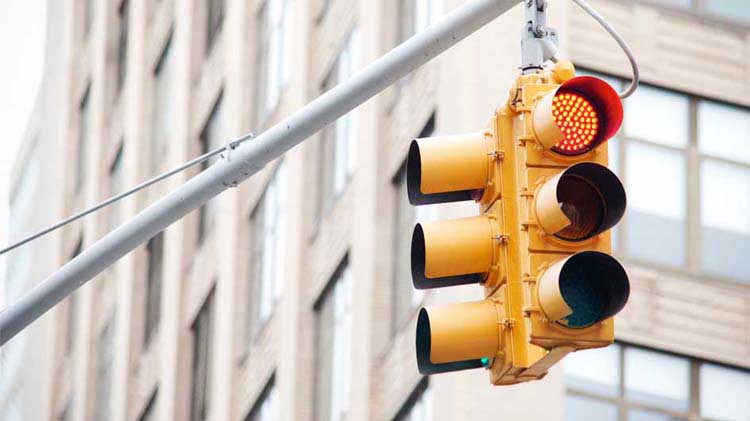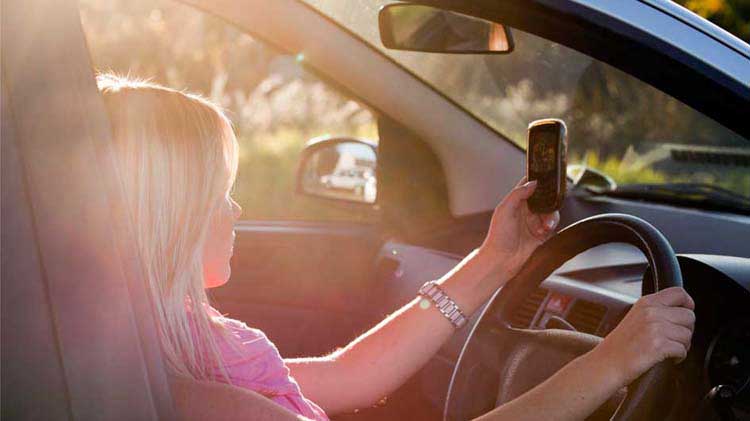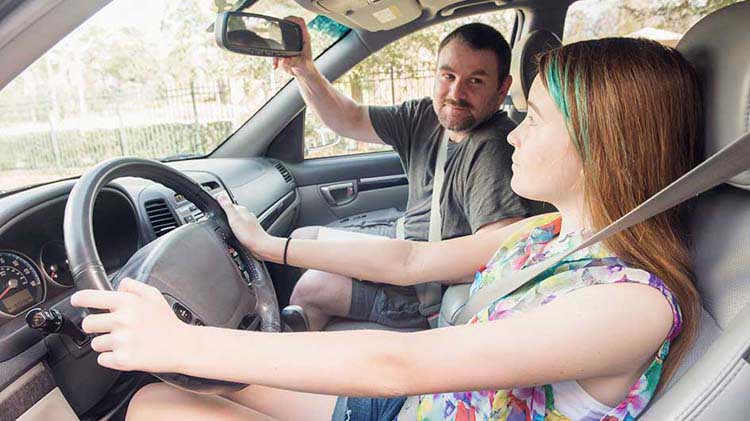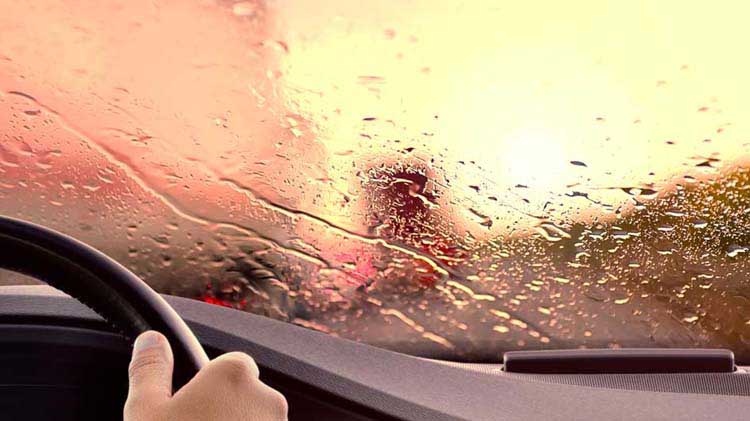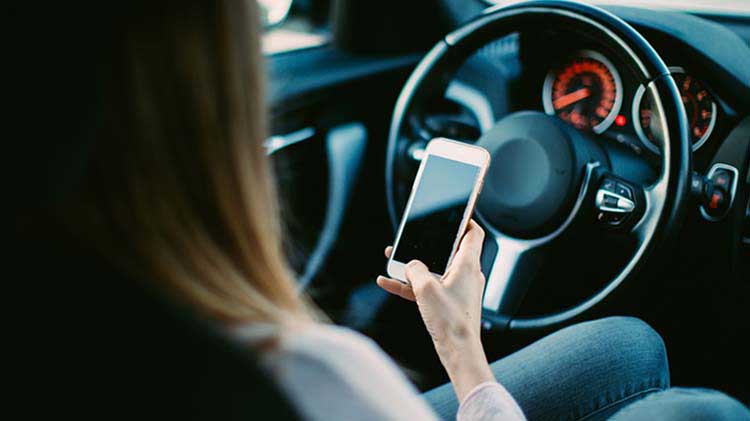Time to break these bad driving habits
Avoid dangerous driving situations with these tips.
Bad driving habits to avoid
Drivers may slip into some bad driving habits when they're comfortable with the road — but those bad driving habits might result in a crash, a traffic violation or undue wear and tear on your vehicle.
Driving distracted
When you're behind the wheel, it's important to keep focused on the road to avoid distractions because accidents are more likely to occur with distracted drivers. There are many different types of driving distractions, such as eating, daydreaming and texting, that can cause bad driving habits. Teen texting and driving is a major cause of accidents and fatal crashes but most teens don't see the danger.
Failing to signal
It's important to let other drivers and pedestrians know your next move so they can slow down and accommodate. Signal at least 100 feet in advance.
Riding the brakes
Keeping your foot on the vehicle brake pedal might be causing excess strain on your brakes. If you are driving a manual transmission vehicle (stick shift), try downshifting to remain at safe speeds.
Rolling through stop signs
Even if you think the streets are clear, come to a complete stop before turning or proceeding into the intersection. If you don't and the intersection is not an all-way stop, you may cause a crash and receive a failure to yield moving violation.
Slowing down to look at crashes or construction
Rubbernecking is not only dangerous, but can also contribute to a chain reaction of slowed traffic. Keep your eyes on the road ahead so you can stay alert to closed lanes or police officers directing traffic after a crash.
Tailgating
Tailgating is one of the most dangerous and infuriating things a driver can do. Following too close to the car ahead can lead to accidents and it may make the driver ahead act vindictively by brake checking. If you want to go faster, wait until it's safe to pass in another lane, but until then keep a safe distance.
Sudden stops
Keep an eye on your surroundings and anticipate when you might need to stop. Pressing slowly on your brake pedal helps prevent excess wear on brake pads.
Fast starts
Peeling away from a stoplight uses excess gas, but also might be putting a strain on the key components of your engine. Accelerate at a slow smooth rate.
Driving on fumes
In older electric fuel pumps, the gasoline acts as a coolant. By driving with low fuel in your car, there is less fluid to help cool the engine. In today's vehicles, the fuel pump is encapsulated inside of a tube and surrounded by fuel at all times, even when the fuel level is low. Check out what to do if you happen to put the wrong fuel in your car.
Parking illegally
When you're in a hurry you may think it's OK to park in illegal areas, but your choice can lead to dangerous situations for others and a hefty fine for you. Avoid the urge to park in handicap spaces, red zones or along curbs outside of legal parking hours. Also, when parking, make sure to avoid easing into a parking space until you hit the curb, which can damage your tires and potentially cause alignment issues.
Running yellow or red lights
It can increase your chance of a crash. If the light turns yellow before you reach the intersection, it's best not to risk it.
Unsafe merging
Take the time to learn how to properly merge. Proper etiquette while merging will keep traffic flowing and avoid causing bottlenecks and possibly accidents.
Speeding
Failing to obey speed limits puts you at greater risk of accidents and being pulled over. Speed limits are designed for the safety of drivers and pedestrians. When you are travelling above the speed limit, you increase your chance of going off the road at a curve or hitting other cars or pedestrians. Though posted speed limits vary by state, use the following ranges as a general guide if you don't see a posted limit:
- Residential area: 15-30 mph
- Undivided road (rural): 40-55 mph
- Divided road (rural): 55-70 mph
- Freeway: 55-65 mph
Discover more ways to maintain your vehicle, like regular tire maintenance, and stay safe while driving with our Simple Insights.
